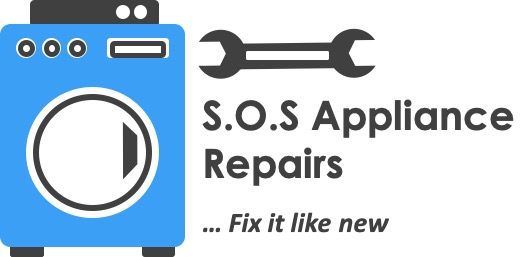Table of Contents
A dishwasher is one of the most useful appliances in a kitchen. It saves time, energy and reduces the effort of hand washing dishes. But, when a dishwasher overflows, it becomes a headache.
Not only does it create a mess, but it also affects the cleaning of dishes. The causes of a dishwasher overflowing can vary from clogged filters to a broken pump, and it’s important to identify the cause to fix the issue.
In this article, we’ll take a look at some common causes of dishwasher overflowing and provide practical solutions to help you get your dishwasher back to its normal functioning state.
Understanding the Causes of Dishwasher Overflowing
Clogged Filters: One of the most common causes of dishwasher overflowing is clogged filters. Over time, food particles and grease can build up and clog the filters, preventing the dishwasher from draining properly. To fix this issue, you need to clean the filters regularly and check for any blockages.
Blocked Hose: Another common cause of dishwasher overflowing is a blocked hose. The dishwasher hose can get clogged with food particles, grease, and other debris, which can prevent the water from draining properly. To fix this issue, you need to clean the hose and check for any blockages.
Broken Pump: A broken pump is another common cause of dishwasher overflowing. The pump is responsible for draining the water from the dishwasher, and if it’s not working properly, water will back up and overflow. To fix this issue, you need to replace the pump.
Improper Loading: Improper loading of dishes in the dishwasher can also cause overflowing. If the dishes are not arranged properly, they can block the water spray arms and prevent the water from flowing freely.
This can cause water to back up and overflow. To avoid this issue, it’s important to load the dishes properly, ensuring that they are not blocking the water spray arms.
Practical Solutions to Fix Dishwasher Overflowing
Clean the Filters: The first step to fixing dishwasher overflowing is to clean the filters. Depending on the type of dishwasher you have, the filters may be located at the bottom or in the back of the dishwasher. To clean the filters, remove them and rinse them thoroughly with warm water.
Clean the Hose: Next, you need to clean the hose. To clean the hose, you need to locate it and then disconnect it from the dishwasher.
Once the hose is disconnected, rinse it thoroughly with warm water. If the hose is clogged, you may need to use a plumbing snake or a stiff brush to remove the blockage.
Replace the Pump: If the dishwasher pump is broken, you need to replace it. To replace the pump, you need to disconnect the dishwasher from the power source and then locate the pump. Once you have located the pump, remove it and replace it with a new one.
Load the Dishes Properly Lastly, make sure to load the dishes properly in the dishwasher. This means ensuring that the dishes are not blocking the water spray arms, and that they are spaced out evenly. By loading the dishes properly, you can prevent water from backing up and overflowing.
Dishwasher overflowing can be a frustrating issue to deal with, but with the right knowledge and tools, it can be easily fixed. By understanding the common causes of dishwasher overflowing and following the practical solutions outlined

